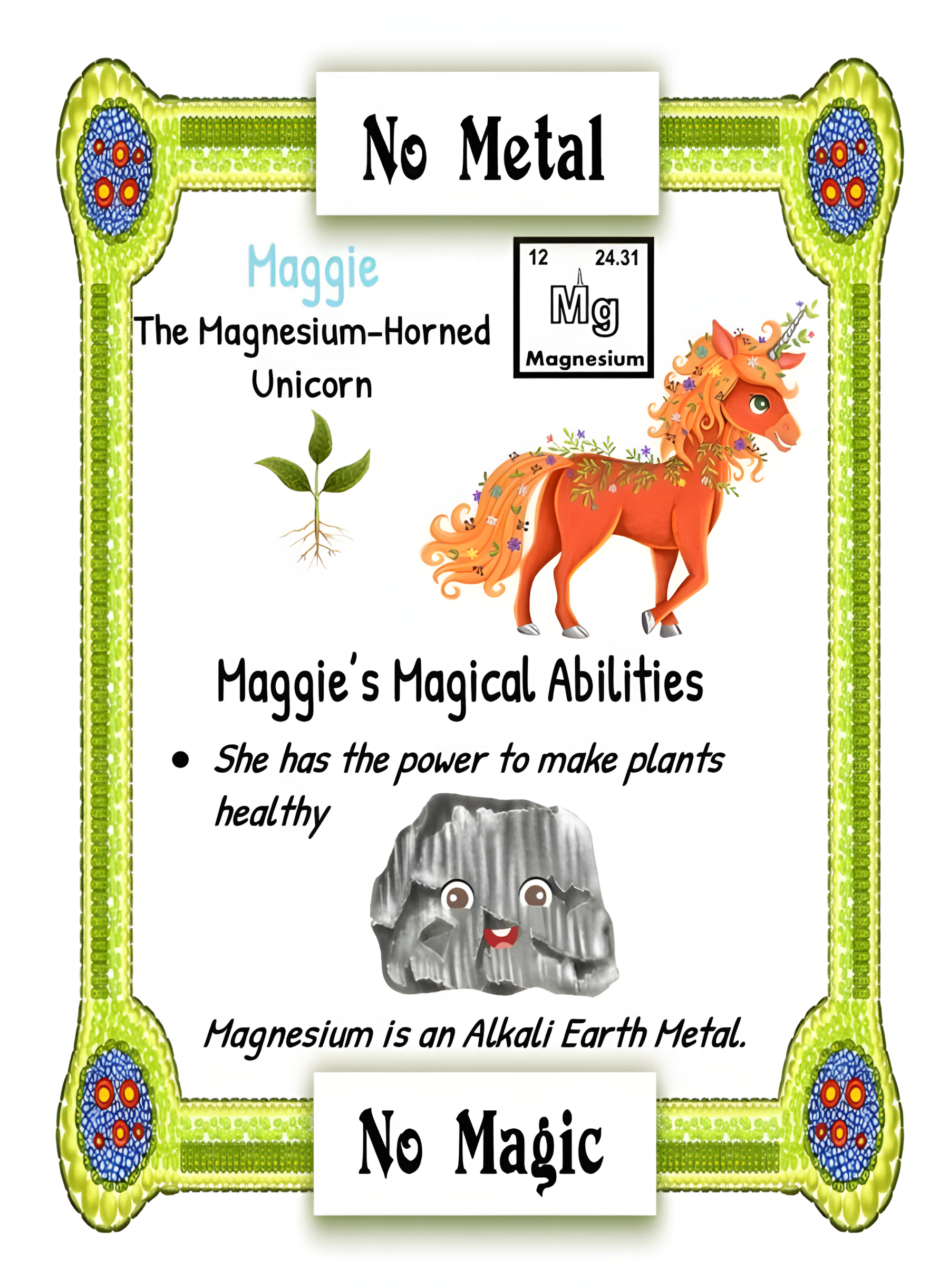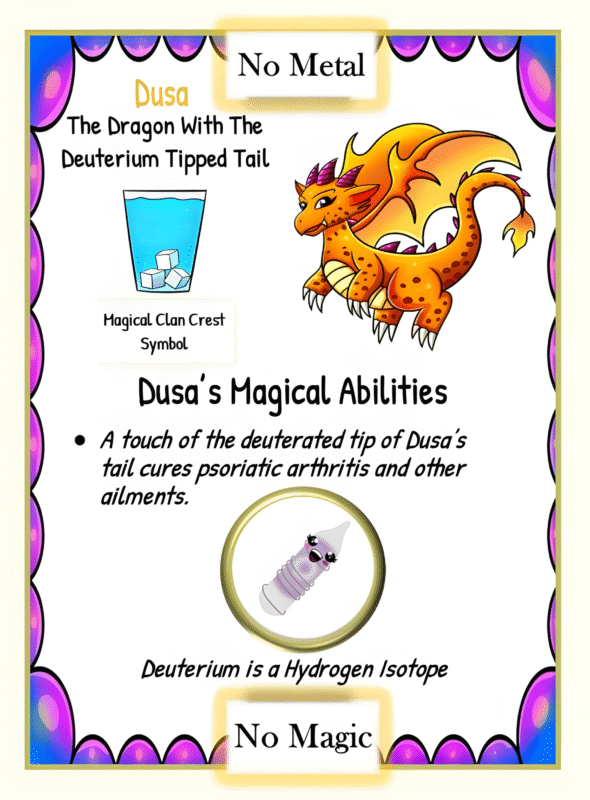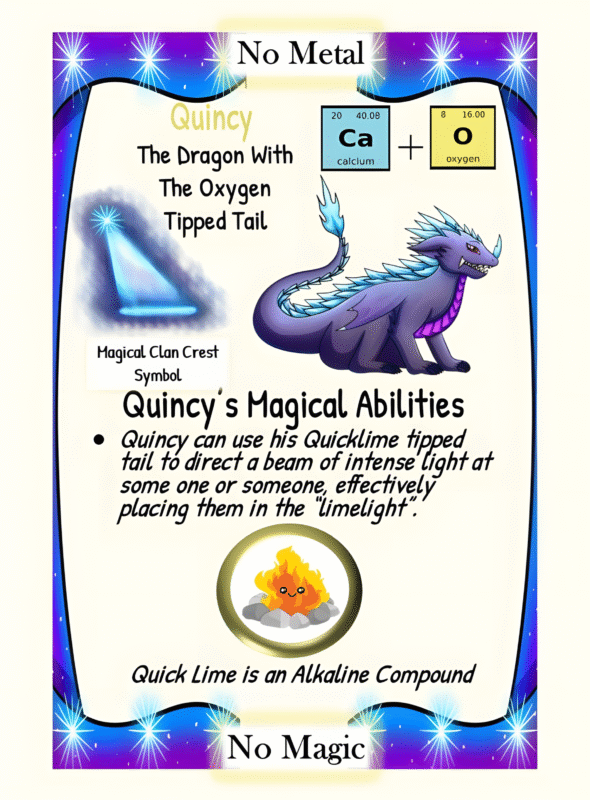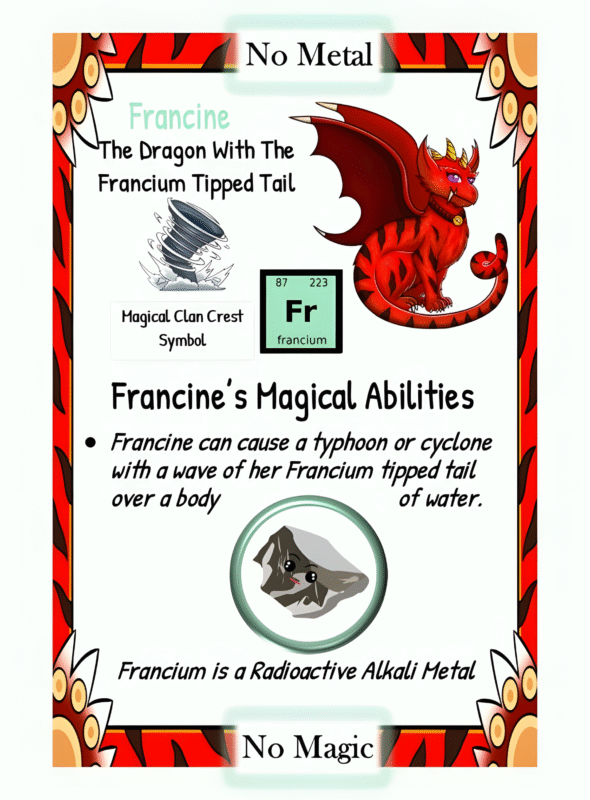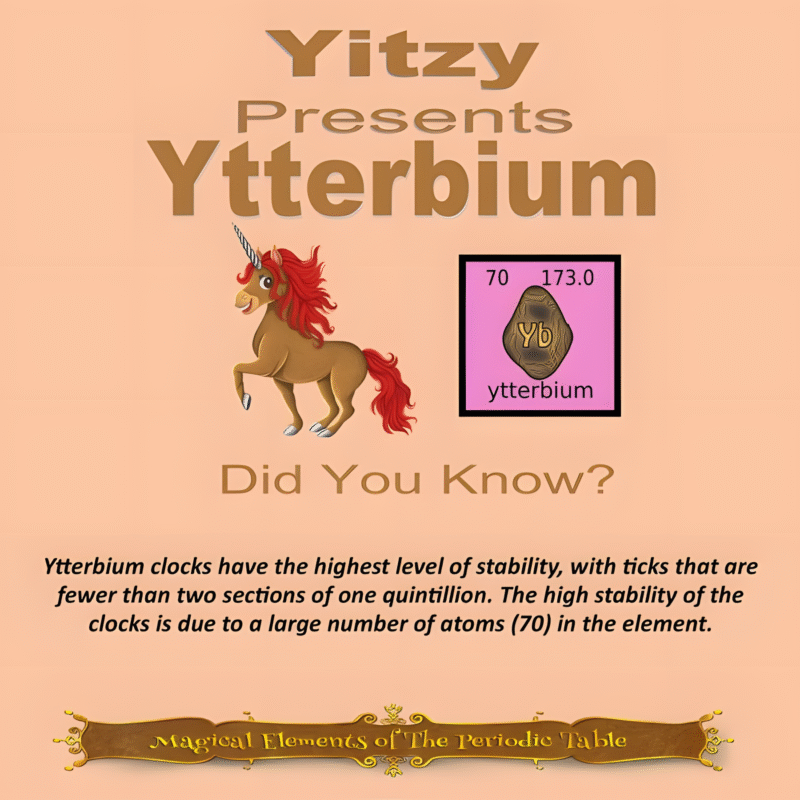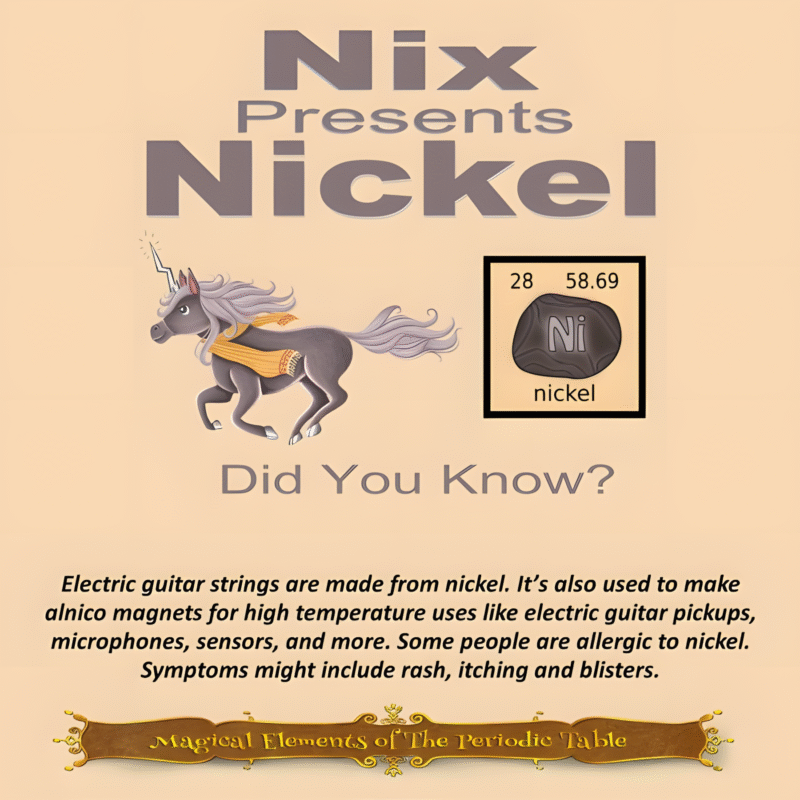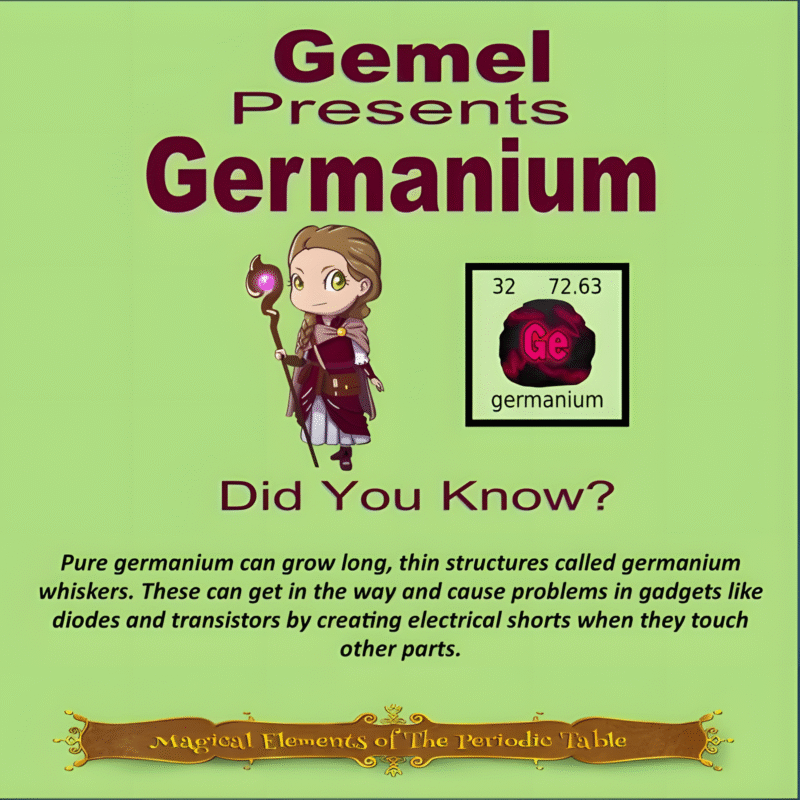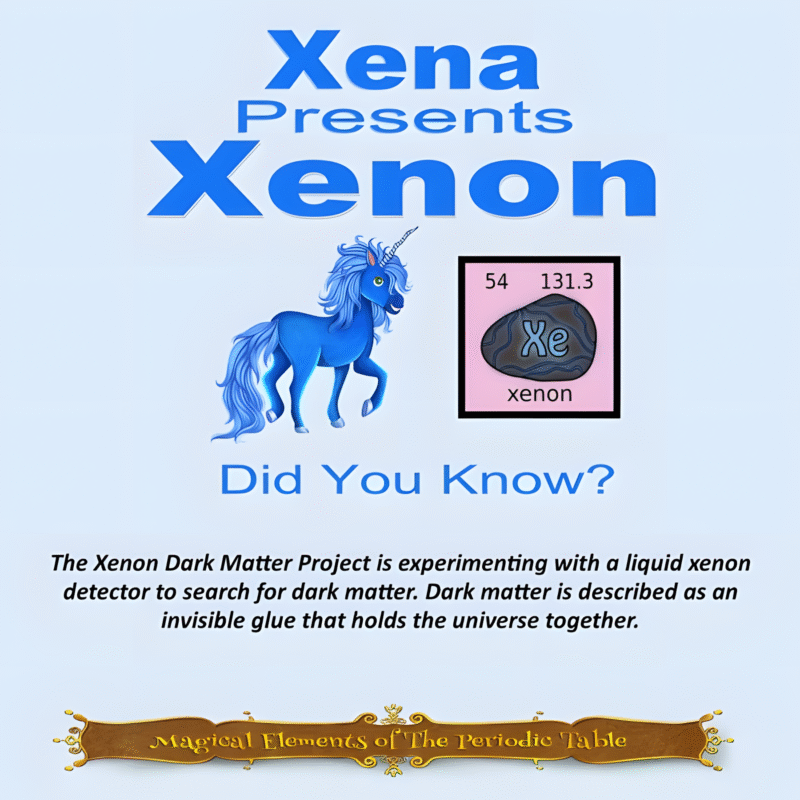The Definitive Guide to Magnesium: From Ancient Marvel to Modern Misjudgment
Magnesium, a remarkable metal with diverse properties, has played a significant role throughout human history. From its first uses in ancient times to its decline in certain applications, the evolution of magnesium tells a compelling story of discovery and advancement. In this article, we will explore the first uses of magnesium and why it is no longer employed for those purposes.
Ancient Marvel: Initial Uses of Magnesium
Dating back to around 300 BCE, magnesium was initially discovered in the form of magnesium oxide, known as magnesia alba. Greek philosophers recognized its medicinal properties and began utilizing it as an antacid to treat stomach ailments. Moreover, ancient Egyptians used magnesium compounds to create pigments and dyes for their art.
In the early 19th century, Sir Humphry Davy, a British chemist, successfully extracted magnesium from magnesia alba. The extracted metal displayed unique characteristics, such as lightness and high flammability, leading to promising prospects for its usage.
The Rise of Magnesium: Industrial Applications
The industrial revolution of the 19th century brought about extensive exploration and implementation of newfound materials, including magnesium. Some early applications of magnesium included:
- Flares and Incendiary Devices: Magnesium’s intense brightness when ignited led to its use in flares, signaling devices, and incendiary weapons during conflicts.
- Photography: The invention of flash photography in the mid-19th century relied on the bright light generated by burning magnesium powder, which allowed for capturing images in low-light conditions.
- Military Applications: During World War I and World War II, magnesium’s lightweight nature made it a favored choice for artillery shells and aircraft components. The metal’s resistance to corrosion also made it suitable for military vehicles.
- Pyrotechnics: The bright, white flame produced by burning magnesium became a popular ingredient in fireworks and other pyrotechnics.
Why Magnesium Faded from these Applications:
While magnesium had its impressive run in these applications, it faced several challenges that contributed to its decline:
Availability and Cost: Despite being one of the most abundant elements in the Earth’s crust, extracting pure magnesium proved challenging and costly. The limited availability and higher expenses involved hindered widespread adoption in less critical applications.
High Reactivity: Magnesium is highly reactive with oxygen and water, making it susceptible to corrosion. This characteristic limited its durability in various applications and necessitated careful handling.
Fire Hazards: Although magnesium’s flammability made it suitable for some applications, it also posed inherent fire risks. The metal’s ability to rapidly ignite and propagate fires made it problematic for everyday use, particularly in civilian contexts.
Reimagining Magnesium: Modern Applications
Today, while magnesium may no longer be employed in the aforementioned areas, its unique properties continue to find value in other sectors:
- Automotive Industry: Magnesium alloys are increasingly used in lightweight components, enhancing fuel efficiency in vehicles without compromising safety standards.
- Aerospace Industry: Magnesium’s low density and strength-to-weight ratio make it an attractive option for aircraft components, as it helps reduce overall weight, thereby improving fuel efficiency.
- Medical Sector: Magnesium is being explored for its potential therapeutic properties, such as aiding in bone health and combating certain medical conditions.
The story of magnesium’s early uses, rise in various applications, and subsequent decline highlights the complexities of material selection. While it may no longer serve the purposes it once did, magnesium has evolved and found new roles in modern industries. As scientific research and innovation continue, it is possible that new applications will arise, further unleashing the full potential of this remarkable metal.
This article is brought to you by Sybrina Durant, the author of the middle grade picture book, Magical Elements of the Periodic Table Presented Alphabetically By The Elemental Unicorns. Learn More. In that book Magnesium is presented by the unicorn, Maggie.
Inter-Active Elemental Fantasy-Themed Periodic Table from Magical Elements of the Periodic Table Presented Alphabetically by The Elemental Dragon Clan
Click here to use This Inter-Active Viewer To Learn More About The Elements Each Elemental Represents On This Periodic Table. Want this in a 24″ x 36″ Poster? Click here.
Sybrina Publishing Offers Fun Activities Based On The Book
Magical Elements of the Periodic Table Magical Elementals
Browse Magical Elemental Activities at MagicalPTElements or Sybrina-Publishing on TPT or Classful

